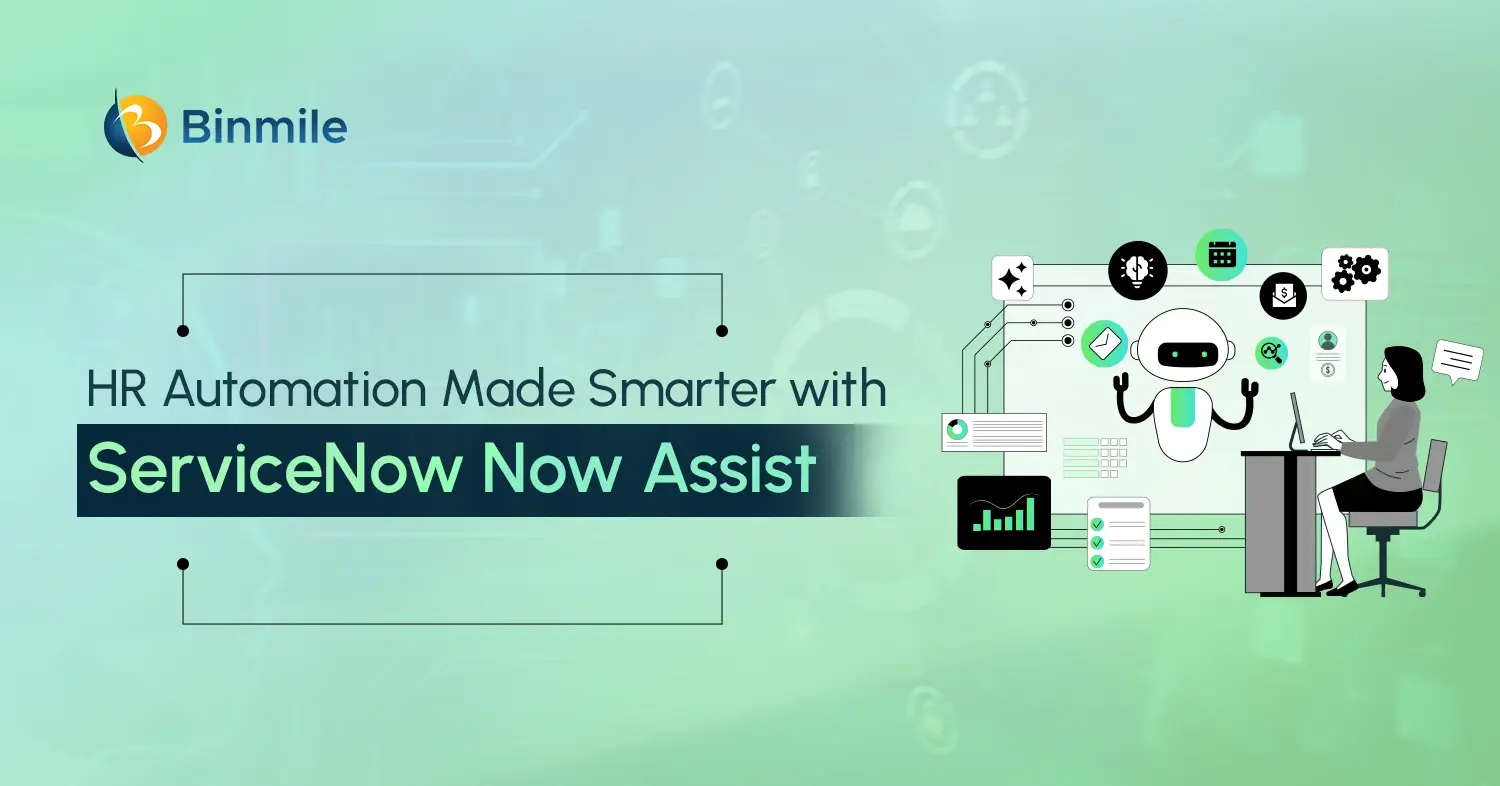In the last decade, software testing has evolved at a faster pace. Manual and automation are two standard testing types around. As its name suggests, manual testing is a test procedure to identify bugs or defects in the software. It is done with a test plan but without the use of software or automated scripting. Contrary to this, automation testing is a testing procedure that helps detect and compare actual outcomes to anticipated outcomes. It is used to automate repeated tasks performed by writing test scripts. The white box and the black box are two of the most common testing types. The former is a way to approach testing as a user and the latter as a developer. When you inspect the source code and verify its functionality as per specifications, it is a white box. On the other hand, black-box testing gives you no access to the source code. The code produces only an external test interface. Read this content and learn more about software testing types, bugs, and tools to make the most out of software products.
Software Testing Types and Bugs You Need to Know
When we talk about the most common types of bugs, we indicate defects in the software. In the list of common bug types:
- Accessibility – The code fails to meet specifications for accessibility
- Business logic – There is some issue that is not following business requirements
- Integration – Two or more components don’t function altogether
- Performance – Slow codes or extra function execution by some actions
- Regression – Existing features are breaking owing to code updates
- Security bugs – Code vulnerability to security exploits
- UI bugs – Design specification and user interface don’t match
Primarily, there are two types of software testing popular in the software industry. One is functional testing, and the other one is non-functional testing. The former includes unit testing, integration testing, sanity testing, smoke testing, system testing, regression testing, and acceptance testing. On the other hand, performance, load, security, load, and usability testing are non-functional test types.
#1 Functional Testing Types
- Acceptance Testing – The testing ensures that you and your targeted audience get the desired results.
- Integration Testing – Combined modules are tested to produce an output and know if there is a relationship between the hardware and software modules.
- Regression Testing – This testing ensures re-execution of cases to verify the proper functioning of the application’s previous code with no vulnerabilities.
- Sanity Testing – This relates to assessing the new version of the software for sufficient reliability in different testing phases.
- Smoke Testing – This is done to evaluate if the build deployed by the QA team is stable or not.
- System Testing – This testing takes the whole system to experience the testing phase as per requirements.
- Unit Testing – Testing individual units to evaluate developer-made issues and verify the production of desired results.
#2 Non Functional Test Types
- Load Testing – It is related to understanding the app’s behavior under a particular projected load.
- Performance Testing – This testing type assesses the system’s compliance with recorded performance requirements.
- Security Testing – It exposes the vulnerabilities of the device regarding the safety of the system’s data and resources.
- Stress Testing – It verifies the stability and reliability of the under heavy strain circumstances.
- Usability Testing- This testing type analyzes the user-friendliness of the GUI as per the needs of customer understanding.
Read This: Importance of ETL Testing
Software Testing Tools to Make Software Products Defect-free
1. API Software Testing Tools
These tools help to test REST/SOAP protocols
- JMeter
- Karate DSL
- Postman
- RapidAPI
- Rest-assured
- SOAPSonar
- SoapUI
- Tricentis
- WebInject
2. Automated Software Testing Tools
These tools automate functional and regression app testing
- ACCELQ
- Applitools
- Kobiton
- Parasoft Continuous Quality Suite
- QMetry Automation Studio
- QTP
- Qualibrate
- Ranorex
- Selenium
- TestComplete
- Testim
- TestProject
- Testsigma
- Water
- Worksoft
3. Cross-browser Software Testing Tools
These tools help in cross-browser testing of your site
- Browser
- Browsershots
- CrossBrowser Testing
- Datadog
- EndTest
- GhostLab
- IE NetRenderer
- IE Tab
- LambdaTest
- Ranorex Studio
- SauceLabs
- Smartbear TestComplete
- TestingBot
4. CSS Validator Tools
These tools help web designers and developers check their CSS
- W3C CSS validator
- Telerik studio
5. Defect Tracking Tools
These tools help in defect/bug management
- Asana
- Bug Genie
- BugHerd
- BugNet
- Bugzilla
- Bugzilla
- DoneDone
- FogBugz
- Jira
- Mantishub
- Marker
- Red Mine
6. Load Testing Tools
These tools help performance/load test a site or application
- AgileLoad
- Apache JMeter
- Appvance
- BlazeMeter
- LoadFocus
- LoadImpact
- LoadNinja
- LoadRunner
- LoadView
- Silk Performer
- StormForge
- Walt
- Webload
7. Mobile Testing Tools
These tools automate Android or iOS app testing
- Appium
- Apptim
- Espresso
- ExperiTest
- Katalon Studio
- Kobiton
- Perfecto
- Robotium
- TestProject
8. Security Testing Tools
These tools detect security vulnerabilities
- Acunetix Vulnerability Scanner
- Iron Wasp
- NetSparker
- Nogotofail
- OWASP
- SonarQube
- SQLMap
- W3af
- Wapiti
- Wfuzz
- Zed Attack Proxy (ZAP)
Also Read: Quality in Software Testing Team
9. Test Management Tools
These tools organize the end-to-end test cycle
- Practitest
- PractiTest
- SpiraTest
- Test Collab
- TestFLO
- TestMonitor
- Testpad
- TestRail
- XQual
- Xray
- Zephyr Scale
- Zephyr Squad
Keep Reading: Playwright for End-to-End Web App Testing
Summing Up
There is a long list of software testing tools that help you get the best out of a software product. The above-shown software testing tools are the most popular in their categories. If you plan to launch a new software product in the market, you need to get the same product tested and validated by a competent and skilled software testing company.
Testing is part and parcel of SDLC. It can’t be taken for granted. That is why you need to knock on the door of an established software testing services provider in India that uses modern testing tools and techniques to make your software product defect-free.
Frequently Asked Questions
Security testing is a process in software testing that ensures an application is free from vulnerabilities and protects sensitive data from threats such as unauthorized access, data breaches, and cyberattacks. It involves evaluating the software’s ability to handle malicious inputs, maintain data integrity, enforce authentication, and safeguard user privacy. The goal is to identify and fix security weaknesses before deployment, ensuring the application remains secure under various scenarios.
Security testing is essential in software development to identify vulnerabilities, protect sensitive data, and prevent unauthorized access or cyberattacks. It ensures compliance with security standards, builds user trust, and safeguards an organization’s reputation. By addressing security issues early, it reduces risks, saves costs on potential fixes or damages, and ensures the software remains robust against evolving threats.
Yes, AI is set to revolutionize security testing by automating threat detection, identifying vulnerabilities more efficiently, and simulating sophisticated cyberattacks. AI-driven tools can analyze vast datasets to predict and prevent security breaches, adapt to emerging threats, and reduce human error. This enables faster, more accurate testing and helps ensure robust security measures in software development.









